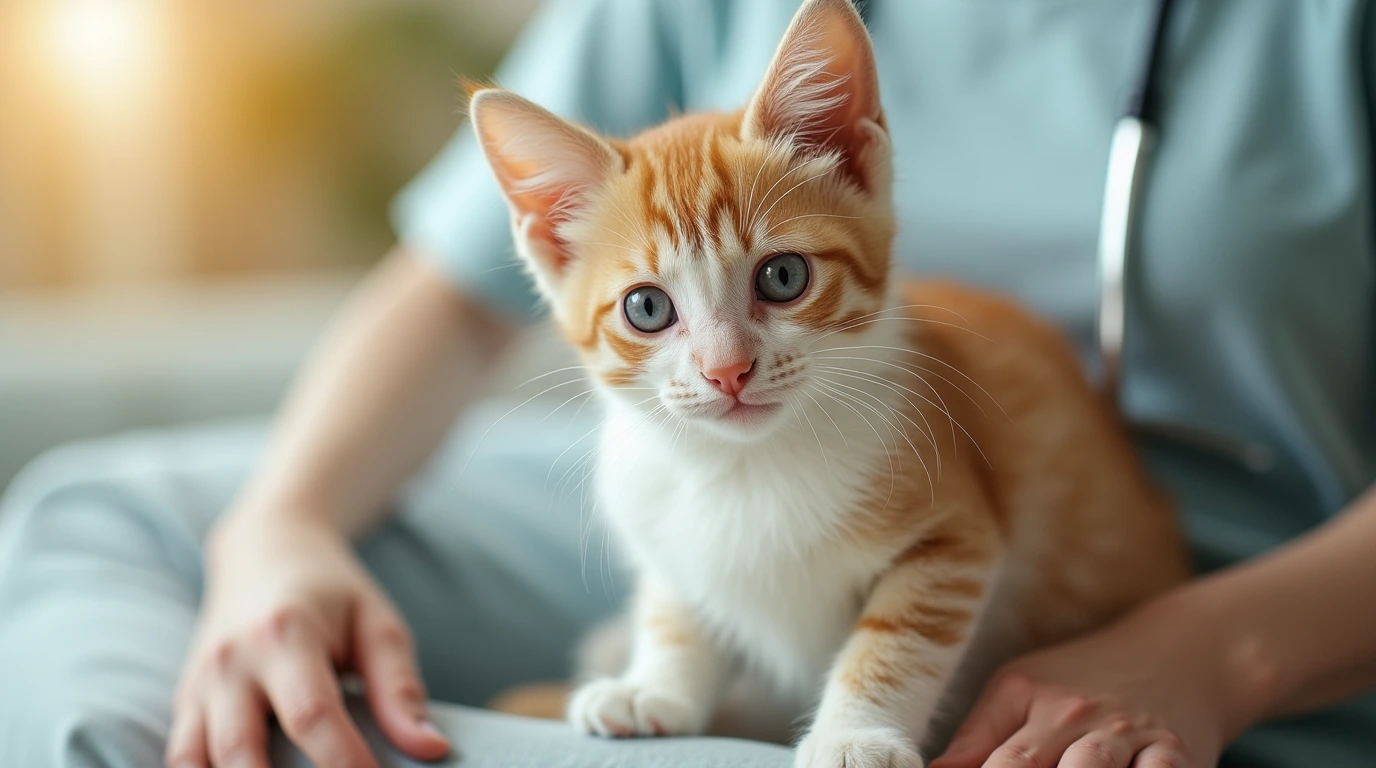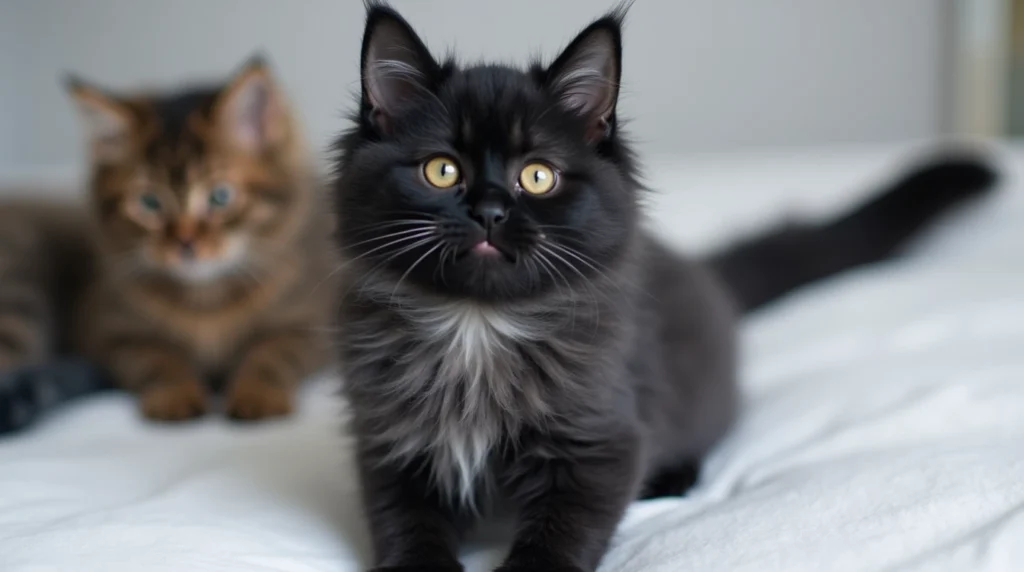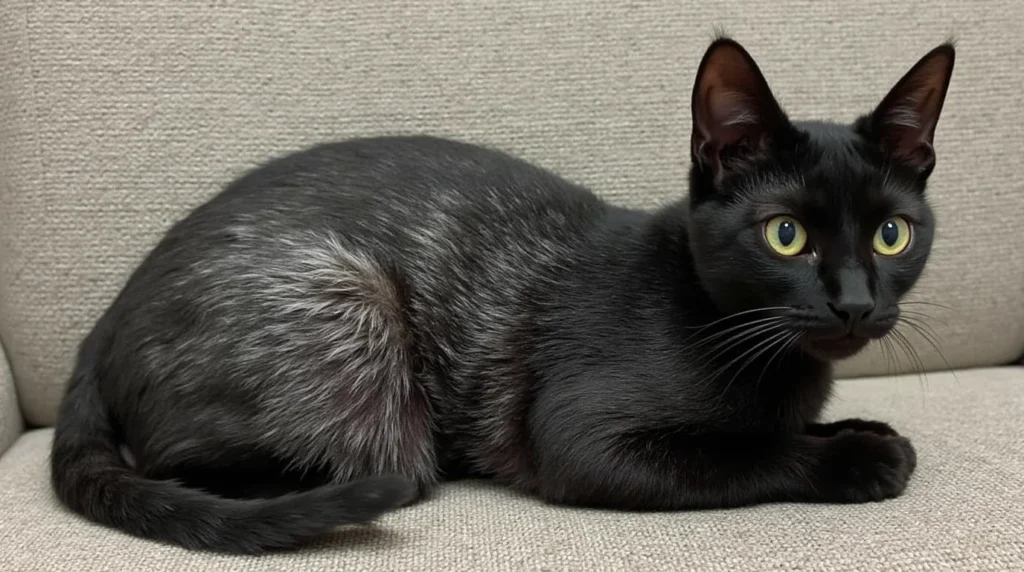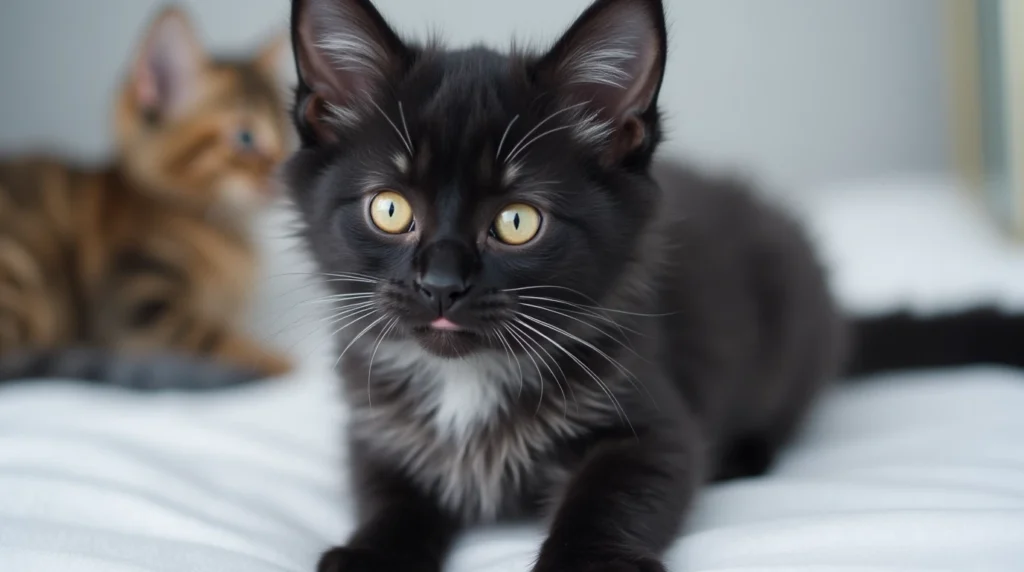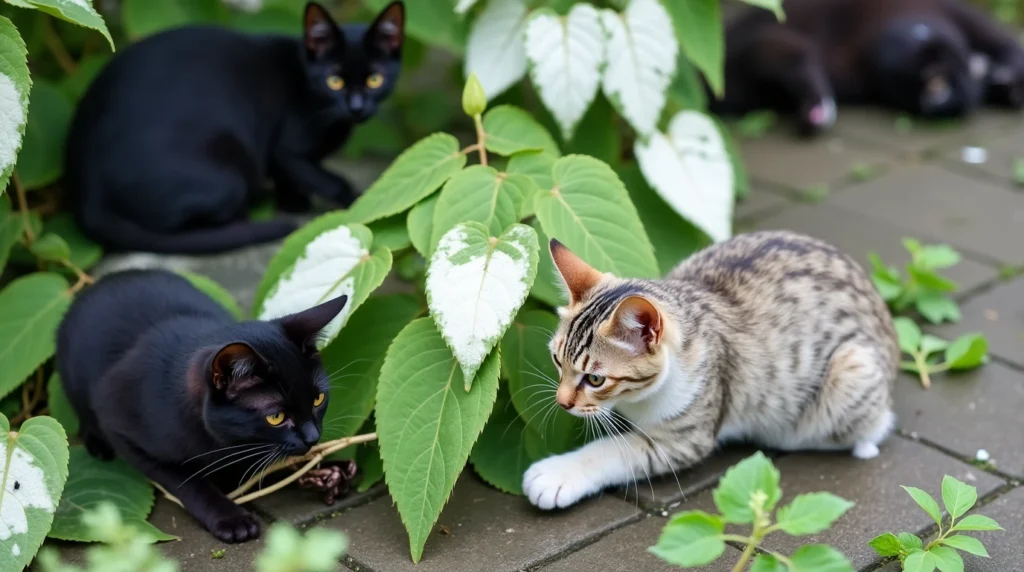CAT dental chart As a cat owner, you’ve likely noticed the soft purrs, the playful antics, and the way your cat’s whiskers twitch when they’re curious or content. But there’s one aspect of their health that often gets overlooked—dental care. You may not immediately think of your cat’s teeth when you consider their well-being, but just like humans, cats require proper dental hygiene to live a long, healthy life. Have you ever wondered what’s going on inside your cat’s mouth? Understanding your cat’s dental chart not only helps you monitor their oral health but also assists in detecting potential dental problems early on.
If you’ve noticed signs like bad breath, excessive drooling, or pawing at the mouth, these could be indicators of a dental issue. And while a healthy, bright smile is cute, it also plays a vital role in your cat’s overall health. So, whether you’re a new cat owner or a seasoned feline enthusiast, this guide will help you navigate your cat’s dental chart and care for their teeth like a pro.
Table of Contents cat dental chart
Understanding the Feline Dental Chart – cat dental chart
What is a Feline Dental Chart?
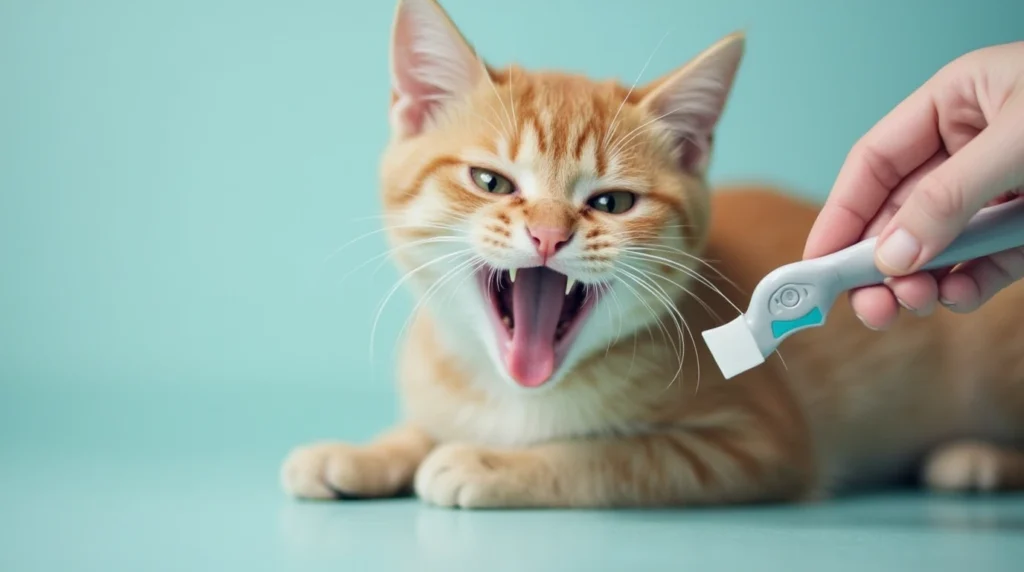
A feline dental chart is a visual representation of your cat’s teeth and mouth. Similar to a human dental chart, it shows the number, type, and position of each tooth. But why is this chart so important? Understanding it allows you to identify your cat’s teeth structure and monitor any changes or issues over time. A cat’s dental chart can be a helpful tool for veterinarians as well, allowing them to keep track of any dental procedures or conditions specific to your pet.
A typical adult cat has 30 teeth, which are categorized into four types:
- Incisors: Small, sharp teeth at the front of the mouth used for scraping and grooming.
- Canines (fangs): Long, pointed teeth that help with tearing food.
- Premolars: Located behind the canines, these teeth assist with grinding food.
- Molars: The back teeth responsible for further grinding food.
If you want to know exactly what’s happening inside your cat’s mouth, a dental chart is a vital resource for both you and your veterinarian. It’s a simple but effective way to monitor oral health, making it easier to spot potential issues like tooth decay or gum disease.
Cat Tooth Anatomy – A Breakdown cat dental chart
Incisors – The Front Teeth
Your cat’s incisors are the first teeth you’ll see when they open their mouth. These small, sharp teeth serve several purposes:
- Scraping meat off bones.
- Grooming and cleaning themselves.
- Grasping and holding onto prey or toys.
While they may seem insignificant, incisors are essential for daily activities like eating and self-care. If your cat has lost an incisor, it could be a sign of dental trauma or disease, and you may need to consult your vet.
Canines – The Fang Teeth
The canines are the long, pointed teeth located on either side of the incisors. These teeth are what most people think of when they imagine a cat’s teeth, often referred to as “fangs.” They serve a critical function in your cat’s life:
- Tearing food, especially meat.
- Holding prey in place while your cat eats.
- Protecting the jaw structure by providing strong, pointed teeth.
Because these teeth are involved in hunting and eating, maintaining their health is key to your cat’s ability to chew effectively. If your cat’s canines seem loose or damaged, it could point to an underlying issue that requires professional attention.
Premolars and Molars – The Chewing Teeth
At the back of your cat’s mouth, you’ll find the premolars and molars. These are the teeth responsible for grinding food down before it enters the stomach. Cats don’t chew their food the same way humans do, but these teeth still play an essential role in breaking down food into digestible pieces.
Premolars are located just behind the canines, while molars are further back in the mouth. Cats may have a more difficult time eating without these teeth, especially if they are experiencing pain or discomfort.
Why is Understanding Your Cat’s Dental Chart Important? cat dental chart

Preventing Dental Diseases cat dental chart
Dental health in cats is often overlooked, but it’s a critical aspect of their overall health. Diseases like periodontal disease, gingivitis, and tooth resorption are common in cats, and they can lead to severe pain and other health problems. By understanding your cat’s dental chart, you can keep track of any changes in their teeth and gums, preventing issues before they escalate.
Early Identification of Oral Health Problems
Recognizing dental issues early on is key to minimizing discomfort and costly procedures. If you regularly review your cat’s dental chart, you’ll be able to spot early signs of tooth decay or gum disease, such as:
- Bad breath (halitosis).
- Red or swollen gums.
- Difficulty eating or chewing.
- Excessive drooling.
By catching these symptoms early, you can take your cat to the vet before things get worse, potentially saving them from pain and avoiding expensive treatments later.
Improving Overall Health
Your cat’s dental health is linked to many other aspects of their well-being. Poor oral hygiene has been linked to heart disease, kidney issues, and other serious health problems in cats. By understanding the importance of dental care and using your cat’s dental chart as a guide, you can keep your furry friend healthy both inside and out.
How to Read Your Cat’s Dental Chart – cat dental chart
Step-by-Step Guide
Reading your cat’s dental chart might seem daunting at first, but it’s easier than you think. Here’s a simple breakdown of how to use the chart:
- Start with the Chart Layout: A typical feline dental chart shows the upper and lower jaws, each with labeled teeth. Each tooth will be numbered, allowing you to identify them easily.
- Identify the Teeth Types: Understand which teeth are incisors, canines, premolars, and molars.
- Look for Issues: Check for signs of wear, decay, or missing teeth. If any of these conditions are present, it’s time to consult your veterinarian.
Common Dental Issues in Cats
Some of the most common dental problems in cats include:
- Gingivitis: Inflammation of the gums that can lead to tooth loss if left untreated.
- Periodontal Disease: Infection of the structures supporting the teeth, often caused by plaque buildup.
- Tooth Resorption: A condition where the tooth structure breaks down, often resulting in tooth loss.
- Tooth Decay: A result of bacteria and plaque buildup, leading to cavities and other serious oral health issues.
By regularly inspecting your cat’s dental chart and noticing any changes in their oral health, you can be proactive in managing these conditions.
Preventative Measures for Maintaining Cat Dental Health – cat dental chart
Brushing Your Cat’s Teeth
Just like humans, cats benefit from regular brushing. While it may sound intimidating, brushing your cat’s teeth is one of the most effective ways to prevent dental disease. Use a toothbrush and toothpaste specifically designed for cats to avoid injury. Aim to brush your cat’s teeth at least 2-3 times a week.
Dental Treats and Food
If brushing isn’t an option, consider using dental treats or food designed to clean your cat’s teeth. These products are formulated to reduce plaque buildup and promote healthier gums and teeth.
Regular Veterinary Check-ups
Regular visits to the vet are essential for maintaining your cat’s dental health. Your vet will perform a thorough examination of your cat’s mouth and may recommend professional dental cleanings if needed.
When to Seek Veterinary Care
There are times when a trip to the vet is necessary, such as:
- If you notice a significant change in your cat’s behavior (like refusing to eat or excessive drooling).
- If there’s an obvious issue, such as a broken tooth or inflamed gums.
- If you detect bad breath that doesn’t improve with regular dental care.
Pros and Cons of Feline Dental Care – cat dental chart

Pros: cat dental chart
- Improved Health: Regular dental care can prevent serious diseases like periodontal disease and kidney problems.
- Prevention: Early detection of dental issues can help avoid painful treatments later on.
- Enhanced Comfort: Healthy teeth mean your cat will experience less pain and discomfort while eating.
Cons: cat dental chart
- Time Commitment: Regular brushing and dental care can be time-consuming.
- Cat Resistance: Some cats may resist having their teeth brushed or cleaned, requiring patience and gradual training.
FAQ – Your Feline Dental Chart Questions Answered
What’s the Average Age for a Cat to Lose Baby Teeth?
- Kittens begin to lose their baby teeth around 6 months of age and typically have a full set of adult teeth by the time they are 1 year old.
Can I Use a Human Toothbrush for My Cat’s Teeth?
- It’s best to use a toothbrush specifically designed for cats, as human toothbrushes may be too harsh for your cat’s sensitive gums.
How Often Should I Brush My Cat’s Teeth?
- Ideally, you should brush your cat’s teeth daily. However, if that’s not feasible, brushing a few times a week is still beneficial.
Why Does My Cat Have Bad Breath?
- Bad breath could be a sign of dental disease, such as gingivitis or periodontal disease. Regular dental care and a trip to the vet can help address this issue.
Conclusion cat dental chart
Your cat’s dental health is a crucial aspect of their overall well-being, and understanding the feline dental chart is a great way to stay informed about their oral care. By incorporating regular brushing, dental treats, and professional veterinary check-ups into your routine, you can help prevent dental diseases that could affect your cat’s quality of life. Remember, a healthy smile leads to a happy, healthy cat. So, start paying attention to your cat’s teeth today, and you’ll both enjoy many more years of joy together.
Ready to take action on your cat’s dental care? Head over to www.meowrealm.com to learn more about how to keep your feline’s teeth in tip-top shape! Share this article with fellow cat lovers so we can all ensure our cats stay healthy and happy.


